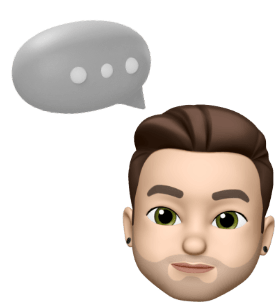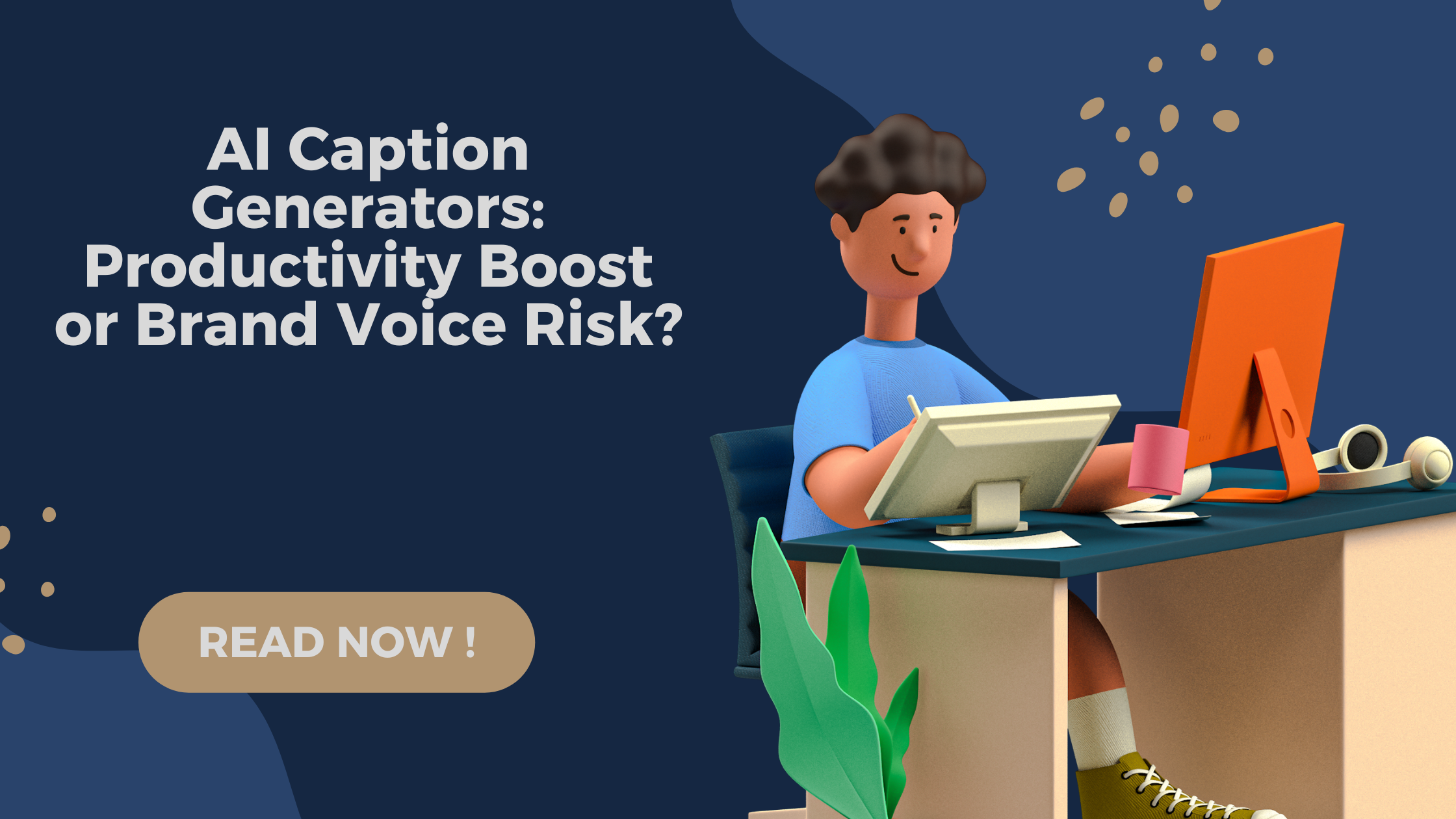Table of Contents
- Introduction: The Rise of Next-Gen Search
- What is Voice Search Optimization?
- What is Visual Search Optimization?
- Why These Technologies Matter in 2025
- Key Technologies Powering Voice and Visual Search
- Optimizing Content for Voice Search
- Optimizing Images and Visual Content for Search Engines
- Case Studies: Brands Winning the Visual & Voice Race
- Implementation Checklist: How to Get Started Today
- Metrics to Track Voice & Visual Search Impact
- Challenges and Future Considerations
- FAQs
- About Rahul Sinha Digital Solutions (RSDS)
- Suggested Reading
- Conclusion: The Future is Multi-Sensory
Search engines are no longer confined to keyboards and text queries. With the rise of smart assistants (Alexa, Siri, Google Assistant) and visual tools (Google Lens, Pinterest Lens), users are speaking to devices and pointing cameras instead of typing. This shift marks the next frontier of SEO—where visibility means being optimized for both voice and visuals.
“By 2025, 50% of all search queries are expected to be voice or visual-based.” — Comscore
What is Voice Search Optimization?
Voice Search Optimization (VSO) is the process of refining your content so it ranks in response to voice queries made through smart speakers or mobile assistants.
Voice search characteristics:
Conversational tone
Question-based queries (“What is…”, “How to…”)
Location-based intent
Example:
Typed query: “best SEO tool India”
Voice query: “Hey Google, what’s the best SEO tool for agencies in India?”
What is Visual Search Optimization?
Visual Search Optimization (ViSO) is enhancing your images and visual elements so search engines can accurately identify, index, and rank them.
Visual search tools include:
Google Lens
Pinterest Lens
Bing Visual Search
Applications:
Shoppable product photos
Image recognition in interior design
Landmark and travel recognition
Why These Technologies Matter in 2025
Faster search: Users prefer instant results.
Touchless interaction: Especially relevant post-COVID and with IoT growth.
Enhanced mobile experiences: Visual + voice is a native behavior on smartphones.
E-commerce edge: Voice and visual search drive product discovery.
Google reports: Visual search can increase e-commerce conversion rates by up to 30%.
5. Key Technologies Powering Voice and Visual Search
| Technology | Role |
| NLP (Natural Language Processing) | Powers voice command understanding |
| Computer Vision | Enables image recognition and indexing |
| AI Search Algorithms | Predict user intent |
| Structured Data | Helps search engines crawl your content better |
6. Optimizing Content for Voice Search
Use natural language: Write like your audience speaks.
Target long-tail and question-based keywords: Tools like AnswerThePublic help.
Leverage schema markup: Especially for FAQs, recipes, how-tos.
Claim and optimize Google Business Profile: For local voice search.
Page speed matters: Voice search prefers fast-loading results.
“75% of voice search results rank in the top 3 positions of regular search.” — Backlinko
7. Optimizing Images and Visual Content for Search Engines
Use descriptive, keyword-rich file names
Add alt text and titles to every image
Use structured data for product images
Implement lazy loading for speed
Submit image sitemaps
Support high-resolution, mobile-friendly formats (e.g., WebP)
Tools: Google Vision AI, Screaming Frog, TinyPNG, Cloudinary
8. Case Studies: Brands Winning the Visual & Voice Race
IKEA: Their visual search app lets users snap furniture photos and get matched products instantly.
Sephora: Uses Google Assistant for voice-based beauty tips and booking.
RSDS Client – Dhaaga Home: Implemented alt-rich product visuals and voice-friendly product descriptions. Result: +34% increase in organic traffic from voice-enabled devices.
10. Metrics to Track Voice & Visual Search Impact
| Metric | Why It Matters |
| Voice Search Click-Through Rate | Gauge how often you rank for voice queries |
| Featured Snippet Appearances | Many voice results come from these |
| Image Clicks in SERP | Track visual engagement |
| Traffic from Google Lens or Pinterest | Emerging search channels |
11. Challenges and Future Considerations
Accuracy of AI interpretations
Limited analytics support for voice/visual sources
Ensuring brand consistency across new formats
What’s Next?
Conversational commerce
Augmented Reality + Visual Search integration
Multi-modal search blending text + voice + image
12. FAQs
Q1: Is voice search only for mobile or smart speakers?
No. Voice search is growing across desktops, TVs, and even wearables.
Q2: How is visual SEO different from image SEO?
Visual SEO goes beyond basic alt text to include search behavior, user intent, and structured data for rich results.
Q3: Are there SEO tools for voice and visual search?
Yes. Use Semrush, Ahrefs for keyword strategy, and Google Vision AI for image analysis.
RSDS is a forward-thinking digital agency based in Mumbai, specializing in modern SEO strategies, AI marketing, and next-gen content optimization.
We help brands:
Optimize for voice and visual search
Future-proof content strategy
Build AI-first web experiences
👉 Ready to lead the future of search? Let’s talk
Suggested Reading
“How to Optimize for Google Lens” – Search Engine Journal
“Voice Search: The New SEO Frontier” – Neil Patel
“Structured Data for Visual Search” – Google Developers
Conclusion: The Future is Multi-Sensory
As voice and visual technologies mature, brands that adapt early will dominate tomorrow’s SEO landscape. The goal isn’t just visibility but searchability across all senses. By integrating voice and visual SEO, you’re not just optimizing content; you’re aligning with how real humans interact with devices today.
Ready to scale? RSDS can help you become search-ready for the next decade.





